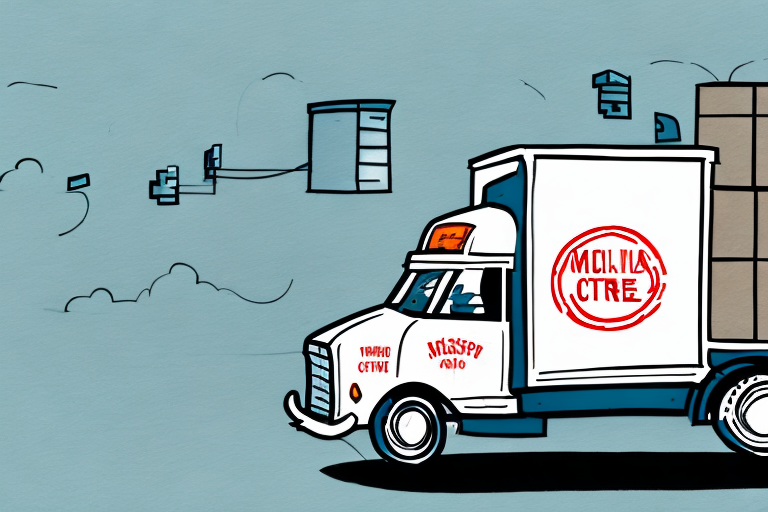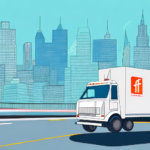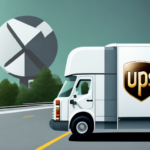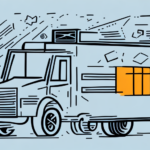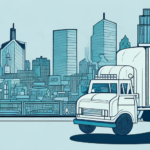Understanding the Costs of Last Mile Delivery
Last mile delivery refers to the final leg of the delivery process, from the transportation hub to the customer's doorstep. This critical stage accounts for a significant portion of the total costs incurred in shipping and delivering a product. Understanding the various factors that influence last mile delivery costs is essential for developing cost-effective strategies that help businesses optimize their operations.
Key Factors Influencing Last Mile Delivery Costs
1. Labor Costs
Labor costs are the most significant contributor to last mile delivery expenses, accounting for up to 50% of the total cost. These costs are influenced by:
- The number of delivery trips
- Distance traveled
- Complexity of delivery routes
2. Fuel and Transportation
The cost of fuel is directly tied to the number of trips and the distance covered. Additionally, managing a fleet involves:
- Vehicle maintenance and repairs
- Insurance premiums
- Fleet management systems to optimize scheduling and routing
3. Type of Goods
Delivering specialized items such as fragile or perishable goods requires:
- Specialized packaging
- Enhanced handling procedures
- Potentially higher vehicle maintenance costs
4. Delivery Location
Deliveries to remote or hard-to-reach areas necessitate:
- More time and resources
- Increased fuel consumption
- Potential for higher labor costs
Impact of Distance on Delivery Expenses
Distance is a pivotal factor in determining last mile delivery costs. The farther the delivery, the higher the fuel and labor expenses. Companies often calculate distance-based fees, which include:
- Fixed costs
- Variable costs
- Per-mile charges
Efficient route planning can mitigate these costs by minimizing travel distance and time. Utilizing technology such as GPS tracking and route optimization software can identify the most efficient paths, reducing both fuel consumption and labor hours.
Leveraging Technology to Optimize Costs
Route Optimization
Route optimization software helps reduce last mile delivery expenses by:
- Eliminating unnecessary stops
- Reducing traffic congestion
- Identifying shorter and more efficient routes
These tools enhance driver productivity, allowing for additional deliveries and cost savings.
Data Analytics
Data analytics provides valuable insights into delivery operations, enabling businesses to:
- Analyze delivery times and routes
- Understand customer preferences
- Predict demand volumes
By leveraging data, companies can make strategic decisions to lower transportation costs and improve overall efficiency.
Advanced Technologies
Innovations such as GPS tracking, mobile applications with geolocation, and automated delivery management systems contribute to:
- Real-time tracking of delivery drivers
- Enhanced customer order tracking
- Increased delivery productivity and safety
These technologies also help prevent theft and package discrepancies, ensuring security and scalability for sustainable business growth.
Enhancing Customer Experience to Manage Costs
Customer experience plays a crucial role in last mile delivery cost management. To ensure satisfaction and loyalty, businesses should:
- Offer convenient delivery time slots
- Provide flexible delivery options
- Customize delivery preferences and drop-off instructions
Positive customer experiences can reduce the likelihood of returns and exchanges, which in turn minimizes associated costs.
Strategies for Reducing Returns and Exchanges
Returns and exchanges can significantly inflate last mile delivery costs as transportation costs are incurred twice for the same item. To minimize these costs, businesses should:
- Implement innovative packaging solutions
- Use automated inspection systems
- Ensure proper handling of defective products
These measures help reduce the number of returns and exchanges, thereby lowering overall delivery expenses.
Sustainable Packaging Solutions
Adopting green packaging options offers sustainable and cost-effective ways to reduce last mile delivery expenses. Strategies include:
- Using recyclable, reusable, or biodegradable materials
- Providing customers with package recycling and composting options
- Aligning packaging methods with corporate social responsibility initiatives
These practices not only decrease packaging costs but also minimize waste production, supporting environmentally friendly operations.
Outsourcing vs. In-House Delivery Operations
Businesses must weigh the pros and cons of outsourcing last mile delivery versus maintaining in-house operations:
- Outsourcing: Offers scalability, reduced capital expenditures, and flexibility. It streamlines costs by eliminating variable expenses related to fleet ownership and maintenance.
- In-House: Provides greater control over delivery processes and opportunities to customize service delivery, enhancing brand value.
Ultimately, the decision should be based on a thorough analysis of the costs and benefits relative to the business’s specific needs.
Future Trends in Last Mile Delivery
The future of last mile delivery will be shaped by technological advances, evolving consumer behaviors, and increasing market competition. Key trends include:
- Integration of artificial intelligence and machine learning
- Adoption of blockchain technologies
- Expansion of the Industrial Internet of Things (IIoT)
These innovations will drive productivity, sustainability, and cost optimization, responding to the dynamic demands of the eCommerce and retail sectors.
Best Practices for Balancing Speed and Efficiency
Managing last mile delivery costs requires balancing the need for speed with operational efficiency. Best practices include:
- Minimizing the number of delivery stops
- Enhancing route planning and routing
- Optimizing the number of packages per trip
- Reducing delivery timescales
Focusing on these areas helps businesses achieve greater efficiencies, control costs, and improve customer satisfaction.
Regulatory Compliance and Cost Control
Compliance with regulatory requirements is essential for controlling last mile delivery costs. Non-compliance can lead to severe financial penalties and damage to a company's reputation. Key aspects include:
- Adhering to transportation-related regulations
- Ensuring proper labor practices
- Maintaining vehicle standards and insurance
Effective management of regulatory compliance helps maintain operational integrity and avoids unexpected costs.
Building a Scalable and Cost-Effective Infrastructure
Developing a scalable infrastructure for last mile delivery involves optimizing resources to align with the business model. Essential components include:
- Transportation vehicles
- Delivery equipment
- Efficient workflow systems
Considerations for building such an infrastructure include:
- Incorporating technology innovations
- Focusing on sustainability
- Enhancing customer experience
- Ensuring regulatory compliance
- Promoting employee retention
Measuring ROI on Cost Reduction Strategies
Evaluating the return on investment (ROI) for last mile delivery cost reduction strategies is crucial for understanding operational gains. Key performance indicators (KPIs) to monitor include:
- Cost per delivery drop
- Delivery time efficiency
- Delivery density
- Customer satisfaction levels
Regular monitoring and analysis enable businesses to make informed decisions, ensuring that cost-saving measures deliver tangible results.
Conclusion
Last mile delivery costs significantly impact the profitability of businesses in the transportation and shipping industries. By understanding key cost factors, optimizing processes, leveraging technology, and enhancing customer experience, companies can effectively manage and reduce last mile delivery expenses. As the industry continues to evolve, maintaining a balance between service quality and cost efficiency will remain a critical challenge for eCommerce and shipping businesses alike.
For more insights on optimizing your delivery operations, visit ShipScience.















